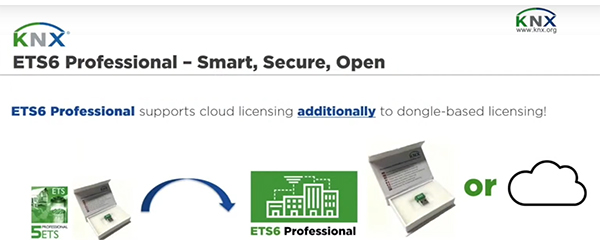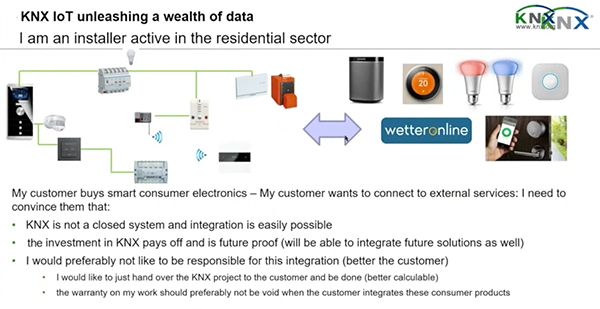
By Simon Buddle, Future Ready Homes
It is the 30th year of the KNX standard. Celebrations have been ongoing for most of the year, and KNX continues to grow as the dominant smart building standard across Europe (I think the UK is still in, currently, but I just read that my biometric passport will soon stop functioning in the EU).

October 20th saw the airing of #KNXis30 – The big celebration of the 30th birthday of KNX. Thirty years is a testament to the robust nature of the standard and its ability to continue to evolve. One of the greatest achievements is that products and software are, by and large, backwardly compatible. If you come across a 15-year-old KNX system, it is extremely easy to add in new products and update the system.
I first became aware of KNX shortly after the year 2000. A trip down to the south coast to meet Colin Price of Ivory Egg opened my eyes to a world of possibilities and ideas (Editor’s note: Colin has coincidentally written his side of the story this month). I realised that KNX was not just a heating system or a lighting system, but a system capable of running everything. In fact, to a large extent, the only limiting factor is the imagination of the engineers building the systems.
Backwards and forwards compatibility
Having visited a couple of non-KNX homes recently, where the owner is faced with the terrible prospect of having to rip out the entire lighting system because the old dimmers are not LED-compatible and the master processor is no longer supported by the manufacturer, it is a great comfort to know that this problem will never be an issue for a KNX system. Do you want to fit new dimming actuators to a system with old keypads? No problem. Do you want to fit new keypads to control old dimming actuators? Again, no problem. This forwards and backwards compatibility cannot be overstated. ‘Your system is obsolete’ is a phrase that will never be used in our world.
ETS6
ETS6 should be with us imminently. I think the most exciting part of ETS6 is the new cloud licensing option that removes the need for the dongle. Have you ever had to drive back to the office to get the one you left connected to your desktop machine? Annoying, to put it mildly. There is also news filtering through that with cloud licensing, you will be able to work offline for a few hours too. That is great news. There are occasions when there is not a live Internet connection on site, and whilst you can tether to your phone, it is likely you are in a basement and cannot get a signal. Or maybe you perch your phone precariously on a windowsill to get a couple of bars. Either way, it is more hassle than it need be, and the cloud license option removes the problem.
Navigation buttons. Oh, for navigation buttons. Thank you, thank you, thank you. At last you can move forwards and backwards between windows, and even if you end up clicking the wrong thing, it’s easy to get back.

IoT
Another strong focus in the aforementioned 30th birthday celebrations presentation was the move toward stronger compatibility with IoT devices and the energy sector. Indeed, control and integration with renewables will come into sharp focus over the next few years in the UK, as the country moves towards 2025 and the introduction of the Future Homes Standard. This will be a key area where KNX will bring significant benefit to the homeowner. I wouldn’t be surprised to see a battery manufacturer such as Powervault or Tesla get involved with controls too.

Conclusion
It is a great time to be involved with KNX. It is strong and dependable, it has been around for 30 years now, and not many technologies can make that boast. The future offers great business opportunities to grow into new areas and take even more control within the home, ultimately creating a simple user experience whilst reducing electricity bills, carbon footprints and complexity.
The benefits cannot be overstated; KNX is both simple, yet powerful and comprehensive in its abilities. It does not become obsolete, it can be added to, extended, upgraded, updated, mixed with new and old products and technologies and lastly (and I’m not advocating this) it can run on a piece of wet string. 29 volts, a choke, and you’re off and running! I wonder if those who invented KNX ever thought that one day it might just be possible to talk to your lights from the other side of the world? What advances will the next 30 years see? Happy birthday KNX!
Simon Buddle CEng MIET, is a consultant for Future Ready Homes, a specialist in BMS and ELV services system design.












